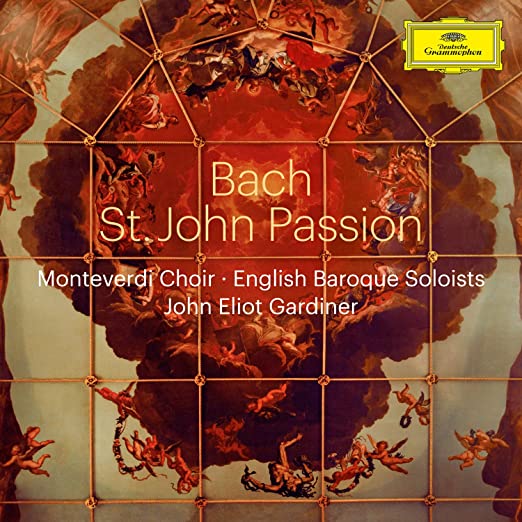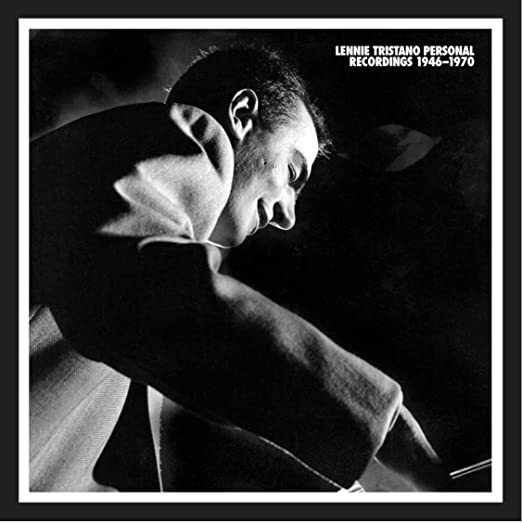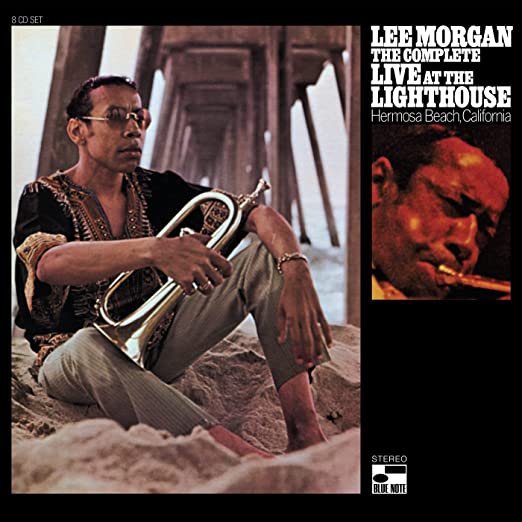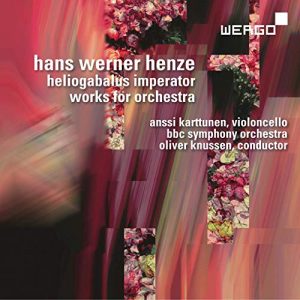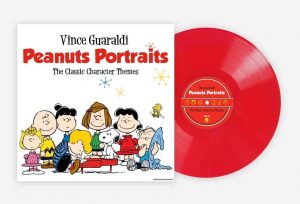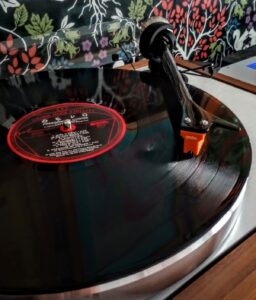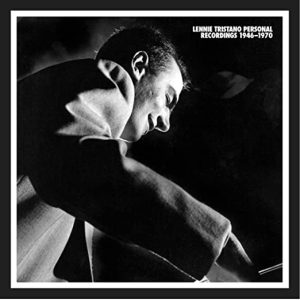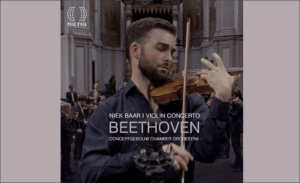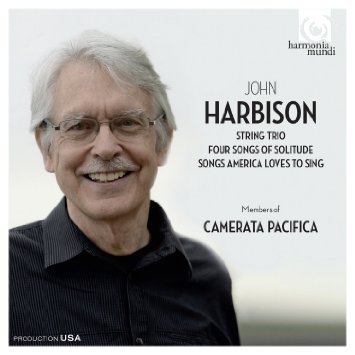
John Harbison, String Trio; Four Songs of Solitude [for solo violin]; Songs Americans Love to Sing [flute, clarinet, violin, cello, and piano]. Members of Camerata Pacifica. Harmonia Mundi HMC 907619.
Much in the spirit of Bach's Musical Offering, American composer John Harbison's (1938) String Trio (2013) does not give itself up easily. It shares the Bach work's teacherly quality. It wants to teach us how we got here—2013—from somewhere in the later years of neo-classical modernism when all still seemed well or at least harmonically coherent. It is not an easy lesson as Harbison lays it out; but it is an emotionally trackable one. We recognize both the world we essentially leave behind and one we enter as the work's six movements are set before us. Where we arrive is not a particularly radical place musically. It is unsettled, equivocal, like some contemporary conversations we have heard in which loquitors talk past each other. It feels like a dramatization, which grows more animated in the final movement.
By the time the work has run its course, we feel as if we've been listening a serenade to irresolution -- perhaps a statement about the state of our world. It is difficult to achieve such a thing without simply copying this aspect of the state of the world itself rather than making a measured statement about it. But Harbison proves it can be done. In his Musical Offering, Bach strove to describe the baroque musical world as he understood it, at least in the ideal. That is somewhat how I understand the String Trio.
The Four Songs of Solitude (1985) for solo violin predictably have a more plaintive quality though they are not about anything as straightforward as sorrow. They do with solitude what poet Wallace Stevens would do: consider, explore. They are not meditative—there is considerably more active expression here than we associate with meditation. A highly sophisticated emotional wind is moving through this work.
In Songs America Love to Sing (2004) for various instruments, Harbison searches for something in each of ten traditional American songs that we are not used to finding. This is the kind of thing that can become affected and condescending, even stupid. Harbison believes these songs contain the seeds of greater sophistication: that with imaginative irreverence new, different life can be breathed into them. When we hear "What a Friend We Have in Jesus" played nearly as a rag, we realize he's right: the music loses its simple religiosity and gains... no reveals, faith. What he makes of "Poor Butterfly" is utterly beautiful. "We Shall Overcome" moves far past its political purpose and becomes pure and intoxicating music. Only a composer who truly understands and loves these chestnuts could break them open and give them to us anew. Musically, these songs are the most exciting material on an album that as a whole will likely prove a challenging though ultimately rewarding musical experience.
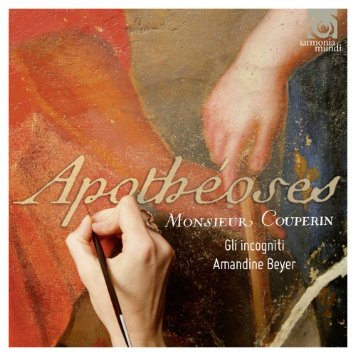
Apotheoses. Monsieur Couperin. Gli Incogniti. Amandine Beyer. Harmonia Mundi HMC 902193.
Somewhere between the discipline and glory of Bach and the sensual melodic pleasure of Handel lies their contemporary, François Couperin, the dean of the French baroque. If you play him without indulging him in the least, as Amandine Beyer and Gli Incogniti play him on this recording, letting his basic appeal have its way, he leans a little towards Bach. Mieneke Van der Velden plays his viol suites this way too. Les Arts Florissant and Jordi Savall go 'the Handel way,' highlighting his elegant savoriness. Both approaches have their supporters, both give us Couperin.
What Gli Incogniti give us in particular is what pace and timing can provide. By not (unduly?) lingering over phrases they inject (or reveal) more of the composer's musical energy and élan. The group have recorded a good deal of Bach for ZigZag records, which makes sense. This is their first outing for Harmonia Mundi that I know of. They are less likely to win new converts to Couperin than to show fans of the composer a different way to know him.
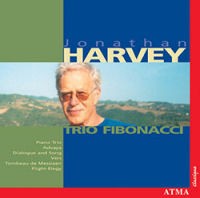
Jonathan Harvey, Trio Fibonacci. [Selected chamber works] Atma Classique. ACD2 2254.
Jonathan Harvey is a contemporary (b. 1939)—well musically contemporary—Brit, who is a pure and exciting avant-garde modernist. The Trio Fibonacci are a terrific Canadian group who relish difficult and interesting music. I reviewed them recently playing the music of Gerald Barry, James Clarke, and Michael Finnissy. Most of the music on this disc is recorded here for the first time. It was composed between 1971 and 2000.
The Piano Trio (1971) that opens the album introduces us to a bold, exploratory musical mind eager to search out what all three instruments can accomplish on their own and in relation to one another. We hear the kind of fresh and exciting creativity we associate with the work of Wuorinen and Babbitt. Inimitable, uninhibited, irresistible. This is the kind of fun we always look for in avant-garde modernism but seldom find.
Some of this music, bravely and arrestingly, walks the line between sound and music: Advaya for cello and re-recorded cello (1994). Some can be both whimsical and haunting—Dialogue for Cello and Piano (1977). Vers for solo piano (2000) has a marvelous antic quality. It engages the piano with high jinks married to seriousness for three minutes that can feel like an hour—and I intend that as praise.
Harvey has a wonderfully free musical disposition, which is much of his appeal; but if you seek order, repose, and reassurance in music, look elsewhere.
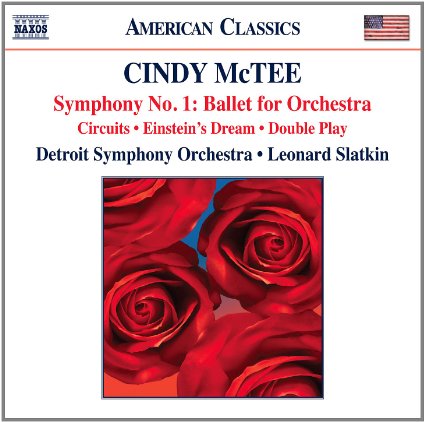
Cindy McTee. Symphony No. 1: Ballet for Orchestra. Circuits. Einstein's Dream. Double Play. Dallas Symphony Orchestra, Leonard Slatkin. Naxos. 8.559765.
What would you expect from a contemporary composer (b. 1953) from Tacoma, Washington, who studied for three years with Krzysztov Penderecki and then taught for twenty-six years at the University of North Texas? How about a strong, energetic American voice (hints of Gershwin, Bernstein) without a sign of being trapped by her country's romantic self-celebration? Even in the Symphony No. 1's (2002) nearly 12 minute long adagio section, "Till Silence Falls," where we'd expect and forgive a bit of Copland-esque indulgence, there is instead a restrained eloquent lyricism that strikes us as unmistakably American in its lack of adornment; but also distinctly independent. She follows the adagio with a whimsical waltz and a modern dance that blends in the spirits (but not the letters) of Bernstein and Stravinsky.
Einstein's Dream (2004) is an intoxicating successful blend of natural and computer sound, a rarity in my experience. And there is still more good music on this disc but I'm going to leave it for you to find. Unquestioned Answer is a 7:47 minute treasure.
Amazing sound, by the way, some of the best I've heard.
Equipment used for this audition: Resolution Audio Cantata CD player; Crimson Audio 710 preamplifier and 640 mono-block amplifier; Tocaro 40 and 42 loudspeakers; Crimson interconnects and speaker cable; Volex power cords.
Bob Neill is a former equipment reviewer for Enjoy the Music and Positive Feedback. Since 2004, he has been proprietor of Amherst Audio in western Massachusetts which sells equipment from Audio Note (UK), Blue Circle (Canada), Crimson (UK), Resolution Audio (US), Jean Marie Reynaud (France), and Tocaro (Germany).




